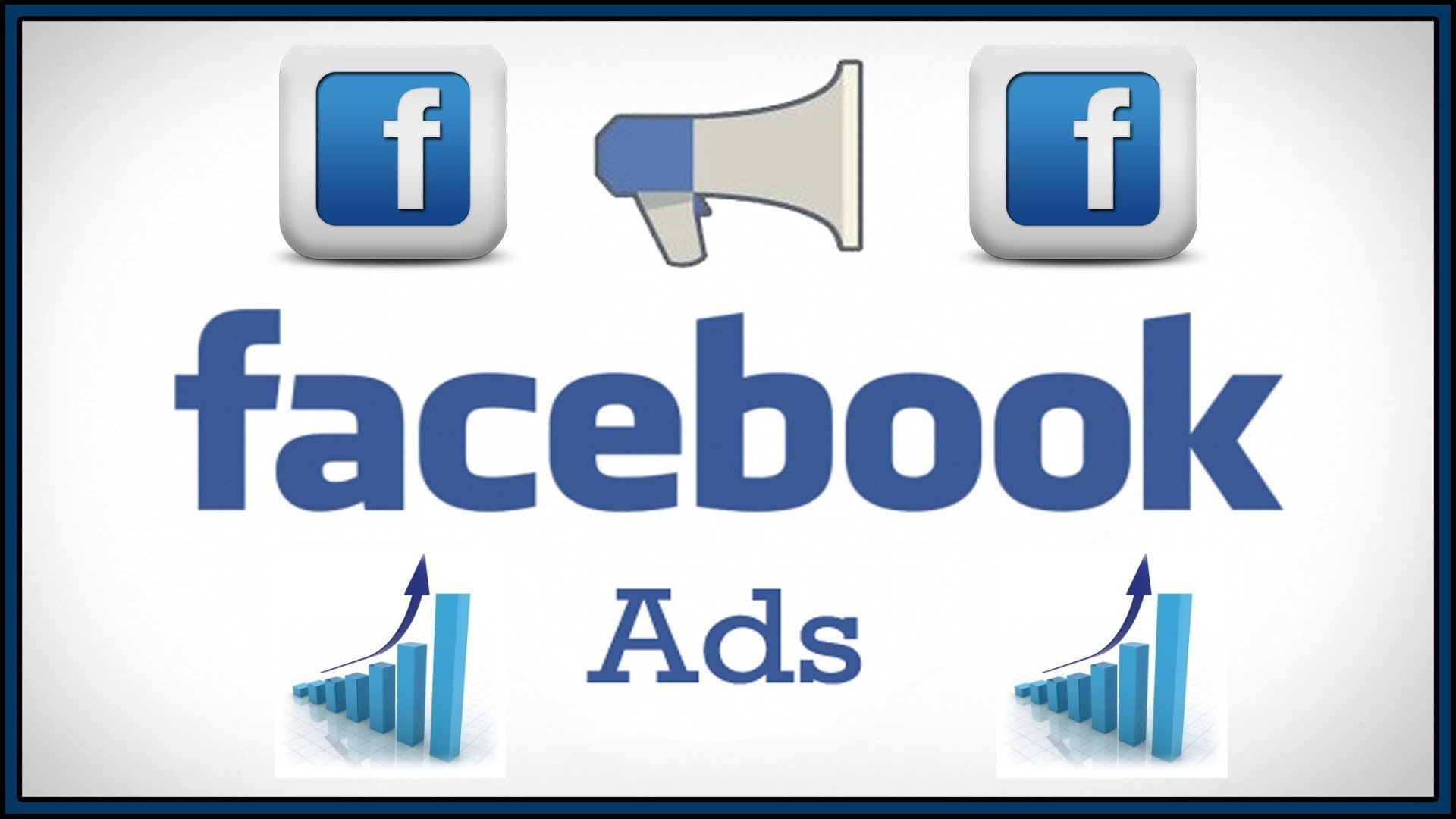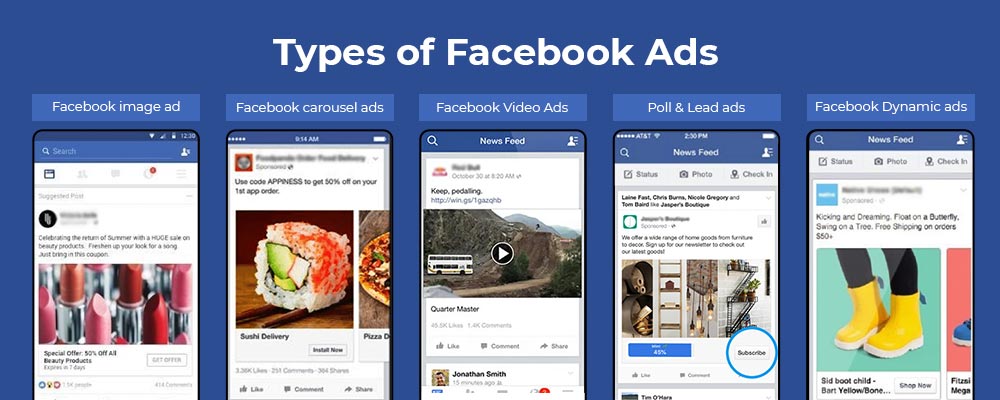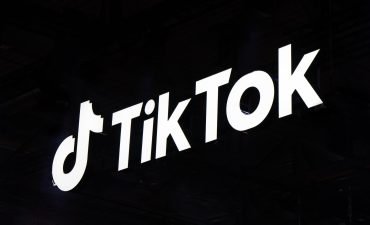Facebook has become an integral part of our lives, connecting us with friends, family, and even complete strangers from across the globe. But have you ever wondered how Facebook manages to provide its services for free? The answer lies in its highly sophisticated monetization strategy. In this article, we will delve into the intricate workings of Facebook’s monetization model, exploring the various ways the social media giant generates revenue while keeping users engaged. From targeted advertising to sponsored content and data analysis, we will uncover the secrets behind Facebook’s financial success and understand how it continues to dominate the digital advertising landscape. So buckle up as we take a deep dive into the fascinating world of Facebook monetization!
Understanding Facebook’s Monetization Strategy

Facebook’s monetization strategy is a well-thought-out plan aimed at capitalizing on its massive user base and diverse range of features. One key aspect of this strategy is advertising revenue. With over two billion active users, Facebook offers an attractive platform for advertisers to reach a global audience. By leveraging user data and targeting capabilities, Facebook can deliver highly relevant ads to specific demographics or interests, maximizing the value for advertisers.
Another significant part of Facebook’s monetization strategy is the expansion into e-commerce and digital products. The introduction of Facebook Marketplace has allowed users to buy and sell items within their local communities directly on the platform. Additionally, Facebook has enabled businesses to set up online stores through its Shops feature, facilitating transactions on the social media site itself. By integrating e-commerce functionalities into its platform, Facebook is able to generate revenue from transaction fees or partnerships with payment processors.
Overview of Facebook’s Advertising Platform

Facebook’s Advertising Platform is a powerful tool that has revolutionized the way businesses reach their target audience. With more than two billion active users, Facebook offers an enormous potential for businesses to tap into and promote their products or services. The platform allows advertisers to create targeted ads based on user demographics, interests, and behavior, making it easier than ever to connect with the right audience.
One of the key advantages of Facebook’s Advertising Platform is its precision targeting capabilities. Advertisers can use detailed targeting options such as age, gender, location, interests, and even specific behaviors to ensure their ads are shown to the most relevant users. By reaching a highly targeted audience, businesses can maximize their chances of conversion and ultimately drive sales or increase brand awareness. Furthermore, Facebook provides comprehensive reporting and analytics tools that allow advertisers to measure the success of their campaigns in real-time. This means advertisers can continuously optimize their strategies based on data-driven insights to achieve better results over time. In addition, Facebook’s Advertising Platform offers a range of creative ad formats such as photos, videos, carousels or collections which provide engaging ways for businesses to showcase their products or services.
Types of Ads on Facebook

One of the most common types of ads on Facebook is the News Feed ad. These ads appear directly in users’ news feeds, blending seamlessly with organic content. This type of ad allows advertisers to engage with users as they scroll through their feed, increasing the likelihood of capturing their attention and driving conversions.
Another popular type of ad on Facebook is the right-hand column ad. These ads are displayed in the right-hand side of a user’s news feed or timeline and offer a more targeted approach. With these ads, advertisers can customize who sees their content based on factors like demographics, interests, and behaviors. This precision targeting ensures that advertisers reach an audience that is more likely to be interested in their products or services. In addition to these two types, Facebook also offers carousel ads, video ads, and collection ads. Carousel ads allow advertisers to showcase multiple images or videos within a single ad unit, providing a dynamic and interactive experience for users. Video ads leverage the power of visual storytelling to capture users’ attention while scrolling through their feeds. And collection ads enable e-commerce businesses to feature multiple products within a single ad unit, driving traffic directly to product pages.

How Does Facebook Generate Revenue?
Facebook generates its revenue primarily through advertising. With over 2.8 billion monthly active users, the social media giant offers advertisers a massive audience to target their ads. Facebook’s ad platform allows advertisers to create highly targeted campaigns based on user demographics, interests, and behaviors. This level of precision ensures that ads are shown to the most relevant users, increasing the chances of conversion.
In addition to advertising, Facebook also earns revenue through its other ventures such as virtual reality (VR) technology and e-commerce initiatives. Acquiring Oculus VR in 2014 was a strategic move by Facebook to enter the emerging VR market and diversify its revenue streams. By investing in this technology, Facebook aims to create new ways for users and businesses to interact within virtual environments, opening up potential opportunities for advertising and monetization. Furthermore, Facebook has been increasingly focusing on e-commerce by adding shopping features directly onto its platform. The introduction of features like Shops allows brands and businesses to set up online stores on their Facebook pages or Instagram profiles, turning these social media platforms into powerful sales channels. Through partnerships with payment gateways and integration with popular e-commerce platforms, Facebook monetizes these services by facilitating transactions and earning a percentage of each sale made through their platforms.
Factors Affecting Ad Pricing on Facebook
Facebook has become a prominent advertising platform, with businesses vying to leverage its vast user base. However, understanding the factors influencing ad pricing on Facebook is crucial for effective budget allocation and maximizing ROI. One key factor is the level of competition within your target audience. The more advertisers competing for the attention of your desired customers, the higher the costs will be.
Another important consideration is ad relevancy and quality score. Facebook rewards ads that are deemed more relevant and engaging to users by offering them lower pricing compared to those with low-quality scores. Ad relevance takes into account factors such as targeting precision, anticipated click-through rates, and overall user experience. Additionally, timing plays a significant role in ad pricing on Facebook. Seasonality or specific events can significantly impact demand for advertising space during particular periods. For example, holiday seasons often see an influx of brands opting to advertise on social media platforms like Facebook, leading to increased prices.
Conclusion: The Power and Profitability of Facebook’s Monetization
In conclusion, Facebook’s monetization strategies have proven to be immensely powerful and profitable. Through a combination of targeted advertising, sponsored posts, and partnerships with businesses, Facebook has created a dynamic ecosystem that benefits both its users and advertisers. The platform’s extensive reach allows advertisers to target specific demographics with precision, ensuring that the right message is delivered to the right audience at the right time.
Moreover, Facebook’s ability to harness user data for ad targeting has been instrumental in driving profitability. By analyzing user behavior and interests, Facebook can serve personalized ads that are more likely to resonate with individuals, increasing the chances of conversions for advertisers. This data-driven approach not only maximizes revenue for Facebook but also enhances the overall user experience by showing them content that is relevant to their needs and preferences. Furthermore, as more businesses recognize the potential of advertising on Facebook, competition among advertisers increases. This heightened competition drives up ad prices and generates even greater revenue for the company. Additionally, as new features such as Facebook Shops continue to expand opportunities for e-commerce within the platform itself, it is clear that Facebook’s monetization strategies will only continue to evolve and grow in power.
Also Read: Tips For Optimising Your Web Development Workflow







